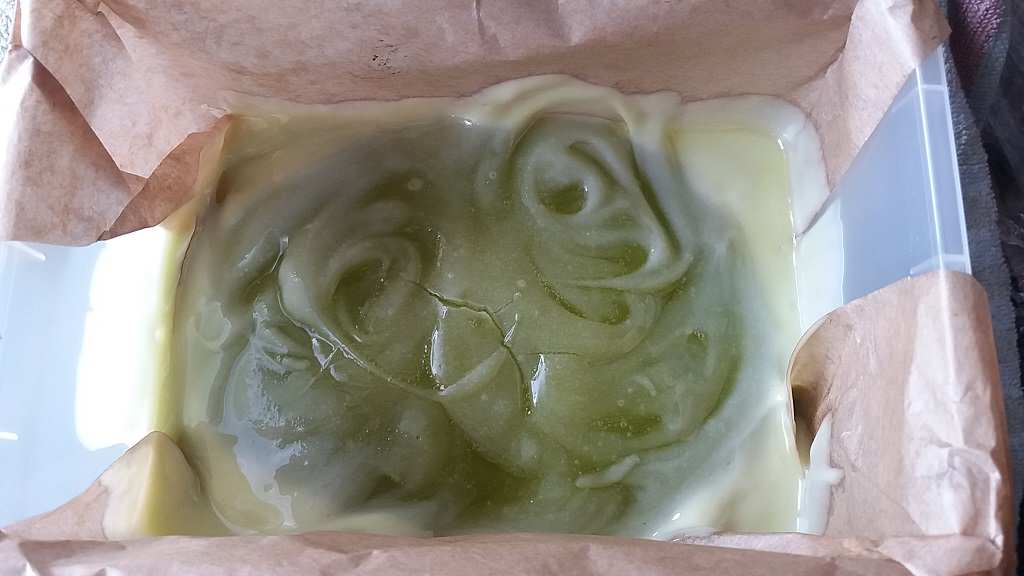mshearn3198
Member
- Joined
- May 15, 2017
- Messages
- 13
- Reaction score
- 1
This soap came out an absolute disaster, the recipie was Olive oil 200g Coconut 125g Rapeseed 75g Sweet Almond 75g and Castor 25g, To soap is wet around the edges and there is a big crack in the side. Some of the oils were mixed with the mica and the scent to help dispersal. Could stirring this with a metal sppon cause a reaction like this.
 [/URL][/IMG]
[/URL][/IMG]
















































